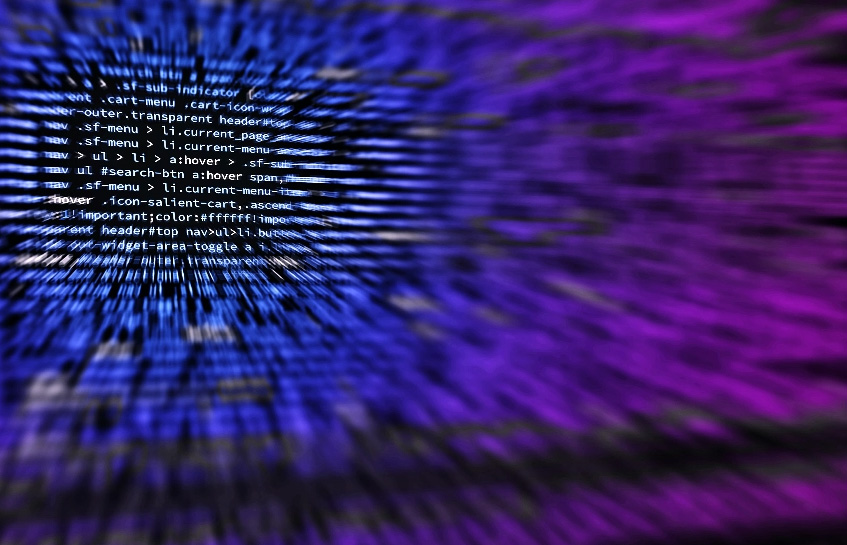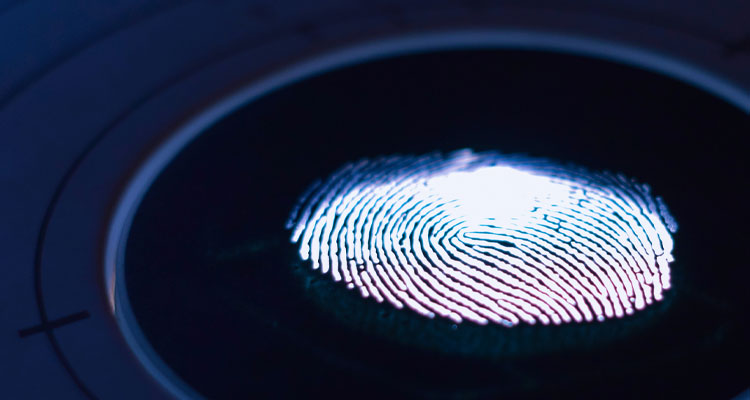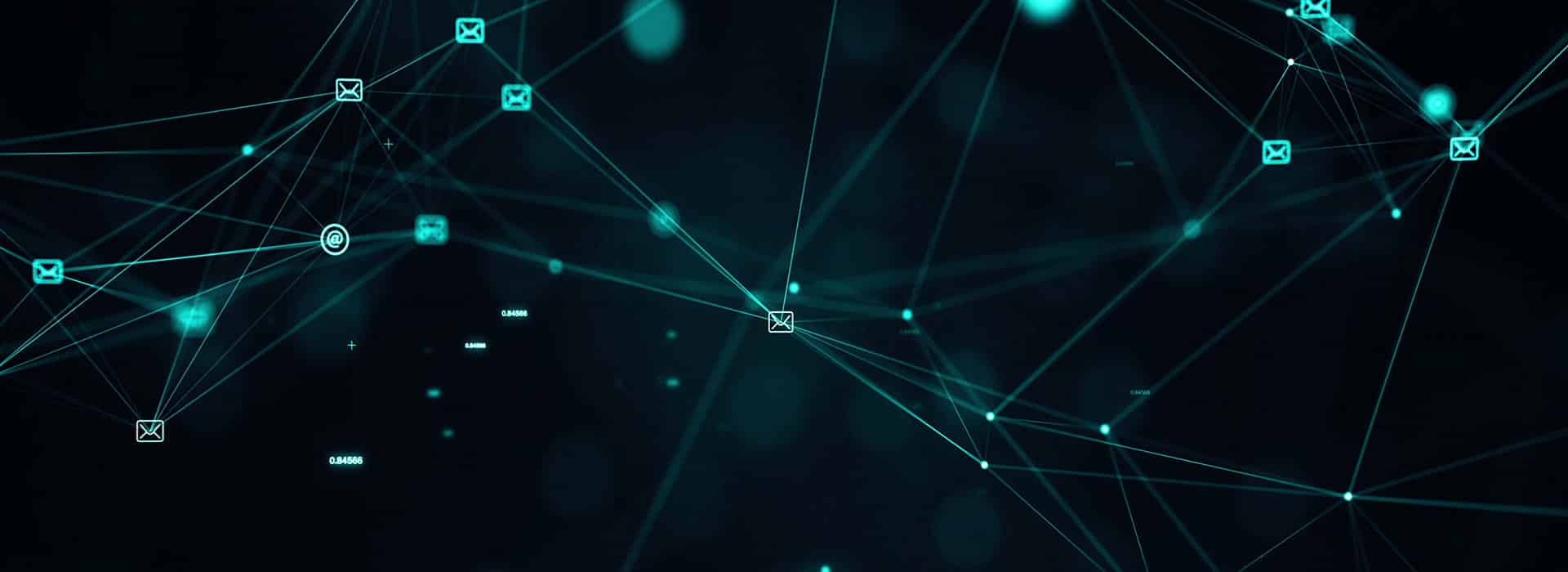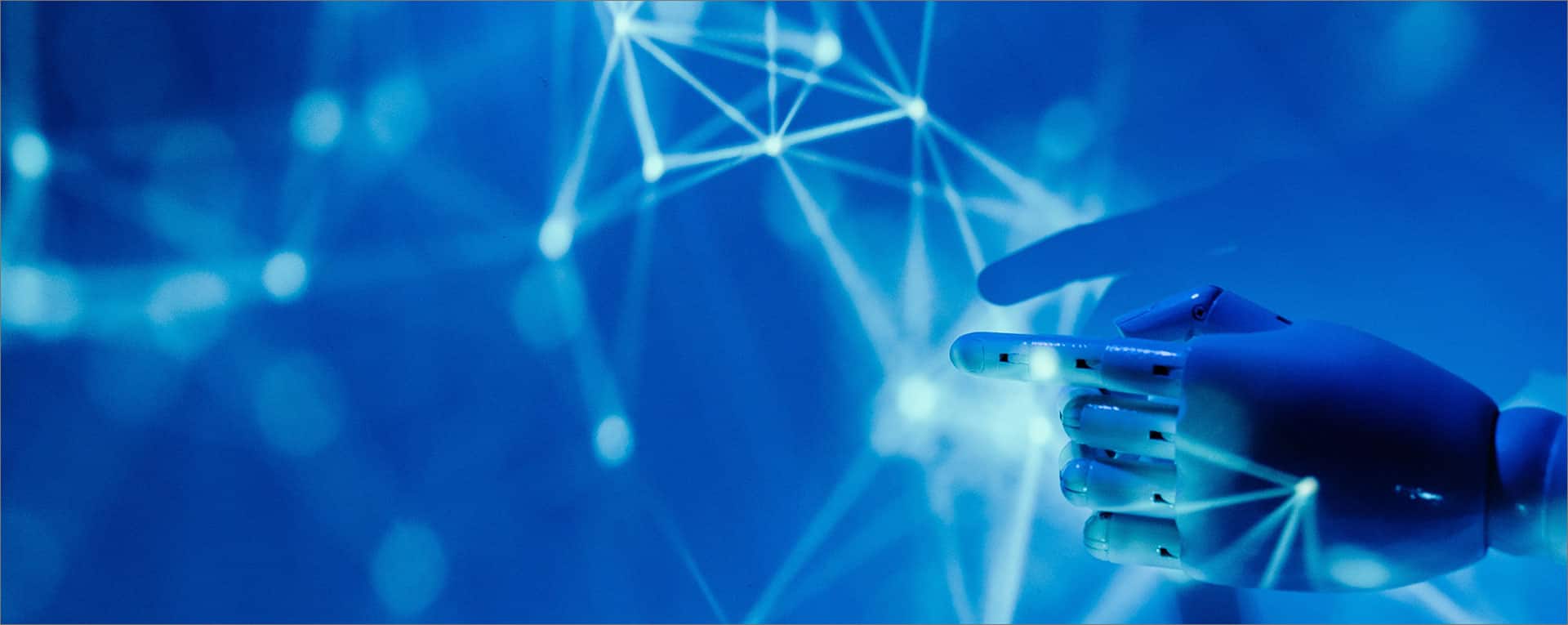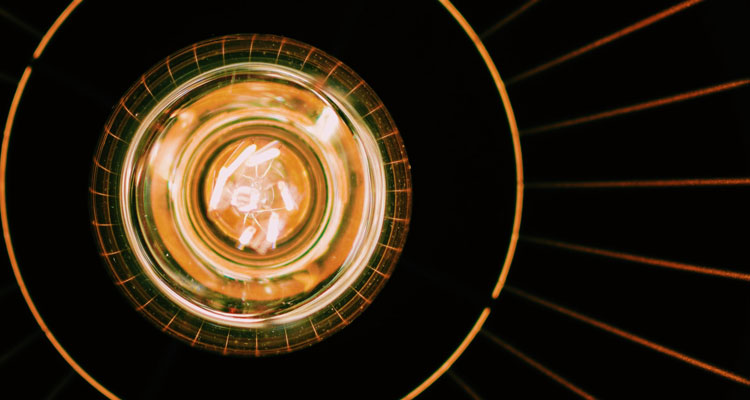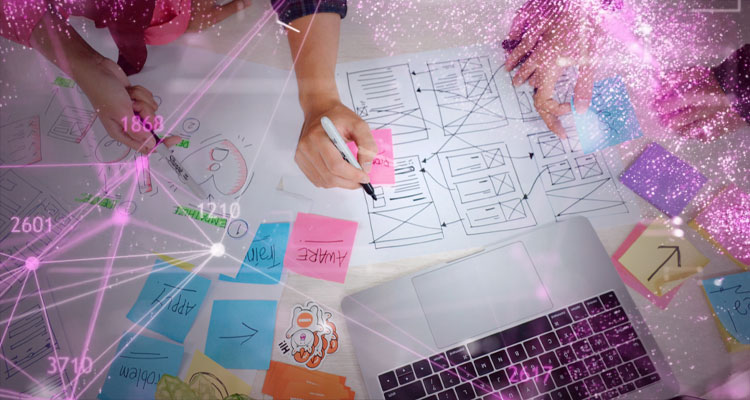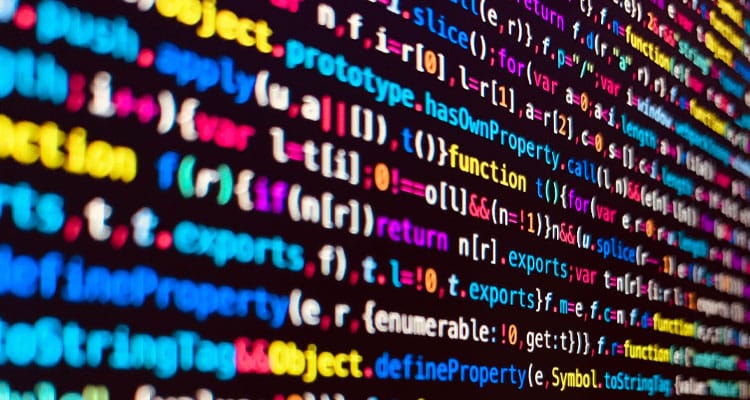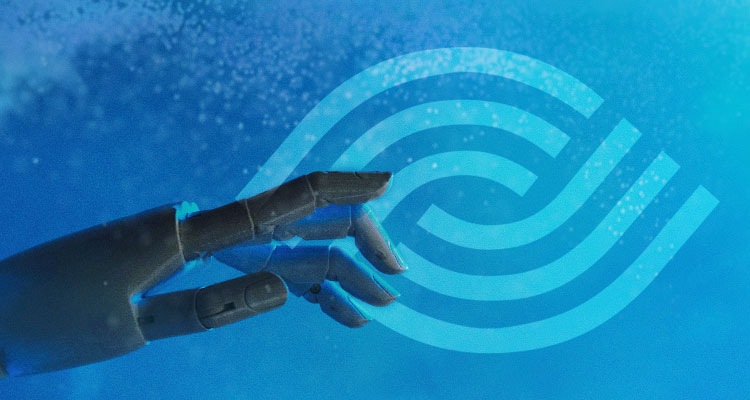Topics
Optical character recognition (OCR) technology is a business solution for automating data extraction from printed or written text from a scanned document or image file and then converting the text into a machine-readable form to be used for data processing like editing or searching.
Using the advancements in facial recognition, liveliness detection and identity-document validation, it enables your organisation to unlock the power of AI for the human touch.
Software technology that makes it easy to build, deploy, and manage software robots that emulate humans actions interacting with digital systems and software.
Computer Vision automates and streamlines information access and processing, bringing the power of advanced AI into any level of an organisation.
An application of AI that enables systems to learn and improve from experience without being explicitly programmed. Focuses on developing computer programs that can access data and use it to learn for themselves.
The simulation of human intelligence processes by machines, especially computer systems. Specific applications of AI include expert systems, natural language processing, speech recognition and machine vision.
AI technologies such as natural language processing (NLP), Computer Vision, deep learning and machine learning (ML) to classify, categorize, and extract relevant information, and validate the extracted data.
Subfield of machine learning concerned with algorithms inspired by the structure and function of the brain called artificial neural networks.
visionAI (also known as Computer Vision) is a field of computer science that trains computers to replicate the human vision system.

